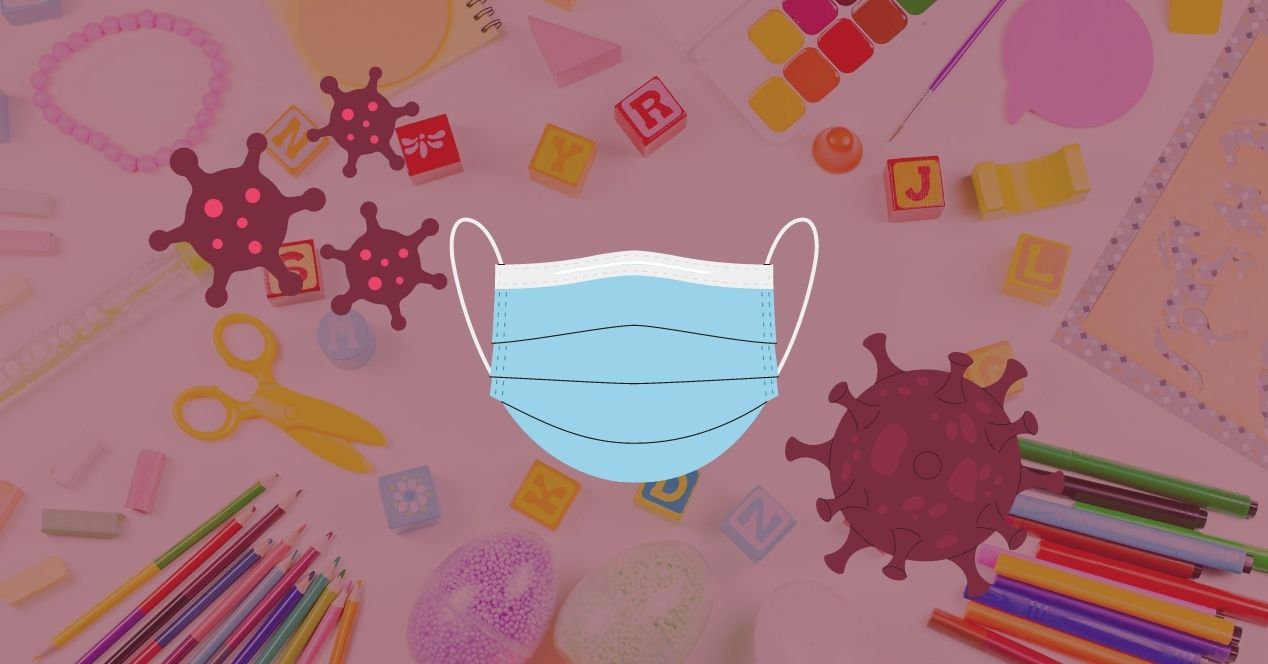Analysis
COVID Coverage: Children in Protection Homes, May 2nd 2022
On May 2nd 2022, Justices Nageswara Rao and B.R. Gavai continued to hear a matter concerning the welfare of children in street situations.
On May 2nd, Justices L. Nageswara Rao and B.R. Gavai continued to hear a suo moto case concerning the identification, rescue, and rehabilitation of children in street situations (CISS). The Bench found that the results of the pilot project on video conferencing facilities for victims of child trafficking were encouraging.
The Court first began to engage with the concerns of trafficked children in an earlier suo moto case instituted in 2021. The Court had then attempted to ensure that children in protection homes were treated in accordance with the safeguards established by the Juvenile Justice Act, 2015. Soon, the Court extended its concern to CISS who had not as yet been rehabilitated into child protection homes.
Previously, the National Commission for the Protection of Child Rights had apprised the Court of a new platform—the Bal Swaraj portal—through which civil society organisations could share the details of CISS with the government.
Today, Amicus Curiae Mr. Gaurav Agrawal directed the Court’s attention to a national pilot project launched to provide victims of child-trafficking with video-conferencing facilities to testify in their cases. The results of the pilot were encouraging, and nearly all states now had these facilities. The Court directed that the project continue. In case of any difficulty, the Court Point Coordinators and Remote Point Coordinators, who are responsible for coordinating video conferencing at the Courts and at the video conferencing facilities respectively, must take the guidance of the National Legal Services Authority.
The Court issued a direction to the Registry to transmit the list of pending interstate child trafficking cases to the Registrars of all the High Courts who would in turn bring these cases to the notice of district and sessions courts.
Previously, the Court had directed that State governments must track children who had dropped out of school as they had lost parents to the COVID-19 pandemic.
Today, Mr. Agrawal stated that children may have dropped out of school not just because of the death of a parent—loss of parents’ livelihoods may have also resulted in an increase in drop-out rates. The Bench directed the States and Union Territories to submit their response on how they would ensure that students who had dropped out would continue their education.
The matter will next be heard in one week.
To read more of the Supreme Court Observer’s coverage of CISS, click here.

